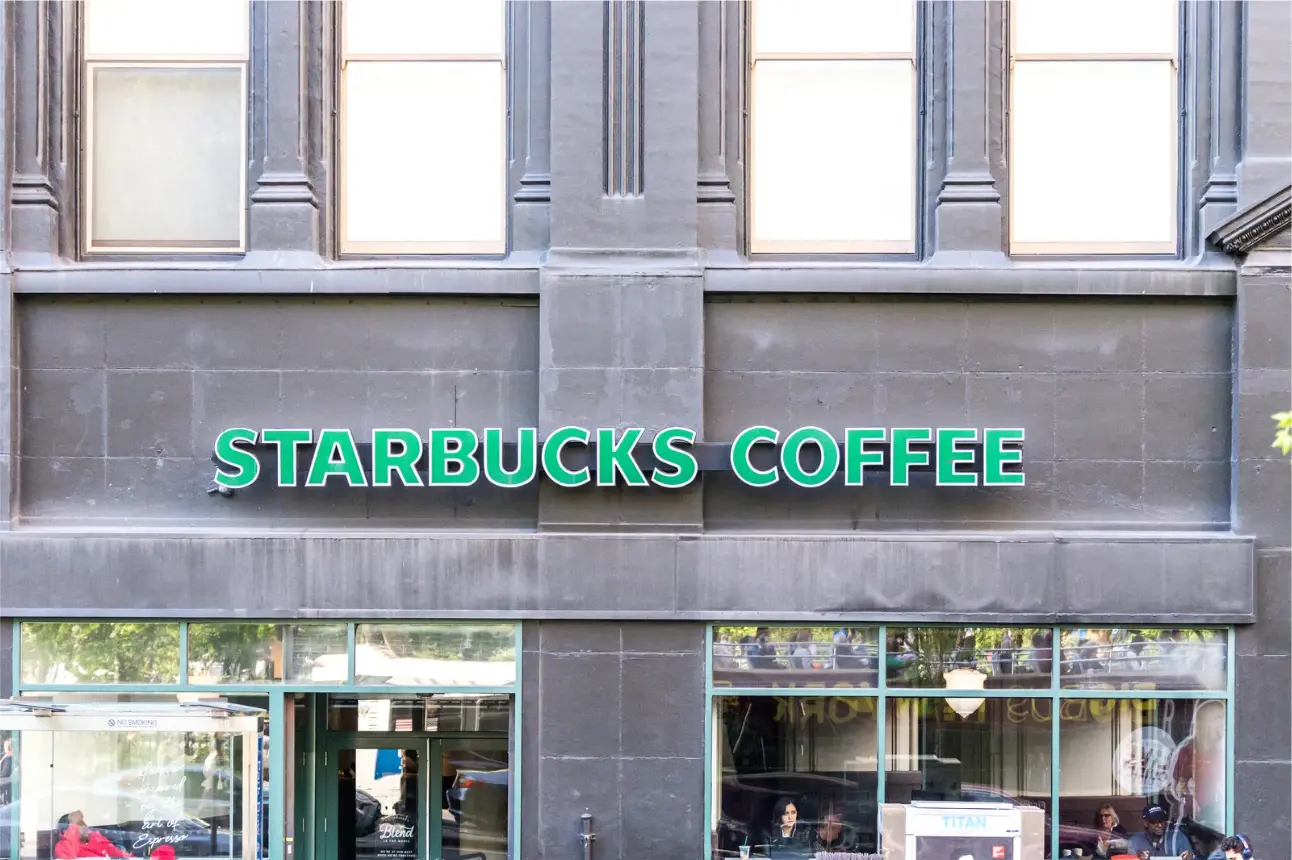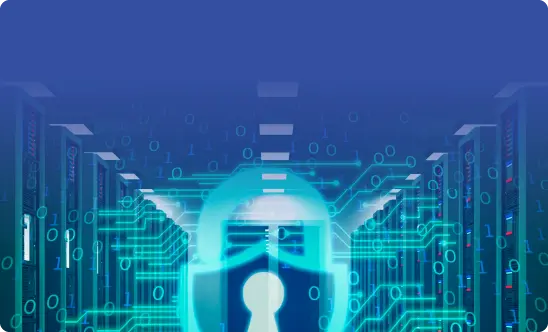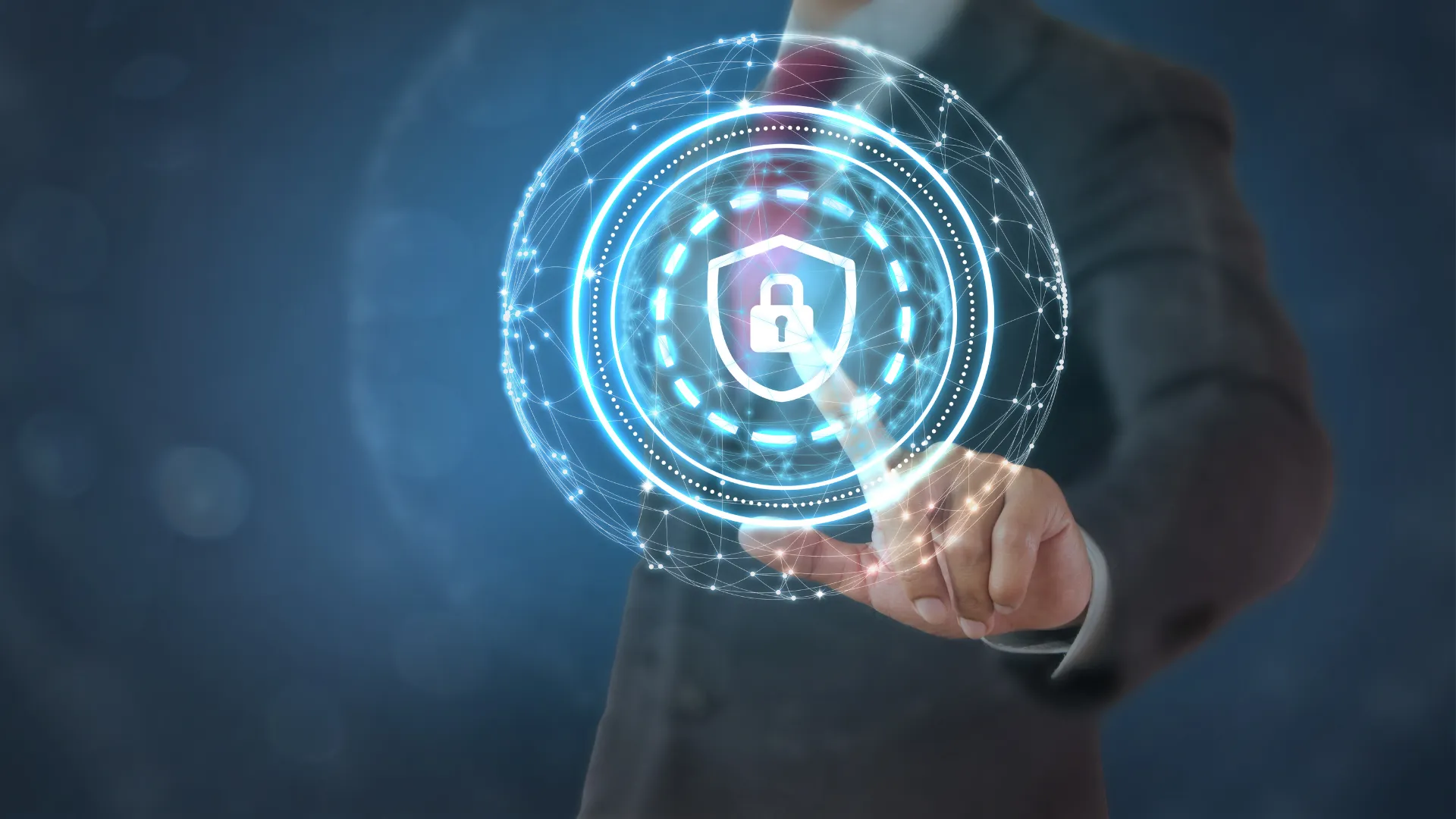SaaS Security Gaps CISOs Should Know
With the many cybersecurity threats currently threatening businesses today and many more on the horizon, organizations must ensure they are bolstering their cybersecurity posture. Strengthening cybersecurity posture includes giving attention to any cloud SaaS security gaps. This SaaS security gaps introduction will look at the top cybersecurity gaps that are important, growing and that businesses must address for adequate cloud SaaS security.
SaaS Security gaps introduction
Cloud SaaS environments are increasingly used in the enterprise today. Cloud SaaS offerings, including Google Workspace and Microsoft 365, dominate the market with robust offerings helping businesses to realize tremendous benefits in communication, productivity, and collaboration.

While businesses who migrate to cloud SaaS environments gain many powerful benefits, gaps in cybersecurity can quickly develop. Note the following SaaS security challenges facing businesses today:
- Lack of visibility into cloud applications data
- A data leak from cloud applications
- Poor control over sensitive data access
- Weak data monitoring capabilities
- Shadow IT problem for cloud apps
- Cloud cybersecurity skills gap
- Insider threats and misuse of SaaS data
- Insufficient backup policies leading to data loss
- Advanced threats and attacks against cloud application providers
- Evolving cloud ransomware
- Regulatory compliance risks
- Lack of security detection expertise
- Disconnected and disparate logging of security events
- Third-party applications issue
- Remote workforce management
Let’s take a closer look at these cybersecurity gaps and see why these increase the risks for organizations today of falling victim to a cybersecurity incident.
1. Lack of visibility into cloud applications data
Historically, lacking the visibility needed has always been a cybersecurity risk for organizations. If businesses have no visibility into the risks and threats present in their environment, it is difficult to protect against these. In addition, companies that migrate business-critical data and services to the cloud often find they lack the visibility they once had on-premises.
Cloud environments have tools that are much different than the tools used by IT admins on-premises. Additionally, there may not be native tools that provide visibility to cloud SaaS security events and activities. As a result, organizations will need to use third-party tools to provide the cybersecurity visibility needed.
2. Data leak from cloud applications
A data leak cybersecurity event details a security incident where sensitive or otherwise confidential data is allowed to leave the sanctioned environment for which it is intended. Data leak events often happen accidentally due to a misconfiguration of infrastructure. For example, there are lists of sites with wide-open AWS S3 buckets that have been accidentally left open to the outside world. A data leak event can also happen intentionally due to a ransomware attack. Ransomware gangs are increasingly using the threat of intentional data leaks to pressure businesses into paying the ransoms demanded.
A data leak can also make companies subject to fines related to regulatory violations, especially when the proper controls were not in place to prevent data leakage in the first place. These considerations and more make data leak a tremendous concern for businesses today. As a result, businesses certainly need to give attention to cybersecurity measures to prevent the accidental or intentional leak of sensitive data to the outside world.
3. Poor control over sensitive data access
This cybersecurity gap ties in with the lack of visibility into cloud applications data. Many organizations have poor visibility into their data. They may be unsure of who is accessing sensitive or otherwise confidential data in their cloud SaaS environment. In addition to the poor visibility to data access, many businesses lack proper controls to restrict access to sensitive data in the cloud.
4. Weak data monitoring capabilities
Migrating to cloud SaaS environments like Microsoft 365 can leave IT admins juggling multiple dashboards, interfaces, alerting configurations, and other challenges. Unfortunately, all of these lead to weak data monitoring capabilities for most organizations.
Many lack a single-pane-of-glass monitoring solution that helps to have visibility of their cloud SaaS environment activities. In turn, malicious or unscrupulous activity goes unnoticed.
5. Shadow IT problem for cloud apps
Shadow IT is a growing problem for organizations using cloud SaaS environments. What is Shadow IT? Shadow IT is using any applications, software, tools, utilities, or services without the knowledge or consent of the IT team. Applications and integrations with cloud SaaS are incredibly simple for employees to activate and use without IT knowledge or using the organizations’ proper sanctioned channels.
Since cloud infrastructure, networks, and applications are managed outside of the enterprise network and data center, it becomes more difficult for businesses to maintain visibility and control over cloud applications and services end-users are activating and using. As a result, it can lead to a severe cybersecurity gap in cloud SaaS environments and is an area that organizations must apply the needed controls and policies.
6. Cloud cybersecurity skills gap
One of the major challenges facing organizations today in properly securing their environments, including cloud SaaS, is the tremendous shortage of cybersecurity skills talent.
According to Cybersecurity Ventures:
Over the eight-year period tracked, the number of unfilled cybersecurity jobs is expected to grow by 350 percent, from one million positions in 2013 to 3.5 million in 2021. And of the candidates who are applying for these positions, fewer than one in four are even qualified, according to the MIT Technology Review.
This shortage of cybersecurity skills talent means that businesses may not have the in-house skills and security leadership needed to secure their on-premises and cloud SaaS environments properly.
7. Insider threats and misuse of data
Cybersecurity threats not only come from the outside but also inside your organization. It can be in the form of a well-meaning employee causing a data-loss event or an unscrupulous employee intentionally leaking data or using shadow IT practices. Businesses must guard against these types of practices and insider threats. These can be as destructive and dangerous as external threats.
8. Insufficient backup policies leading to data loss
Many organizations who have newly migrated their data to cloud SaaS environments are misled into thinking their data is safe and “permanent” in the cloud, with no need for backups. However, insufficient backup policies covering cloud SaaS data prove to be a significant gap in security.
Without proper backups of data, including hot backups and archive backups, businesses are exposed to many disasters that can quickly unfold. Under the shared responsibility model found in most cloud service provider agreements, you are responsible for protecting your data.
It requires businesses to have enterprise-grade data protection in place to protect business-critical data. Relying on the built-in versioning and retention provided by the cloud service provider is a “best-effort” means to protect your data and is no guarantee against data loss.
9. Advanced threats and attacks against cloud application providers
Attackers are resorting to more sophisticated and advanced attacks. These attacks include supply chain attacks. A supply chain attack is where applications and software from a reputable upstream vendor are compromised so that many customers can be compromised quickly. Attackers who compromise the supply chain can push out a malicious update, built-in backdoor, cause data leak, credential theft, or many other types of compromise.
This type of attack can also affect cloud application providers. As a result, organizations must ensure they have the proper safeguards for cloud applications to be audited correctly and quickly disallowed if needed.
10. Evolving cloud ransomware
Ransomware is one of the most dangerous cybersecurity threats to your environment today. Ransomware continues to claim victims every day, and the threat is growing. High-profile attacks such as the attack on the Colonial Pipeline in late April 2021, which disrupted the fuel flow to the Eastern Seaboard in the United States, demonstrate just how destructive and disruptive major ransomware attacks can be.
According to estimates by Cybersecurity Ventures, ransomware will attack a new victim every 11 seconds in 2021. As ransomware attacks continue to evolve, attackers are undoubtedly turning their attention to cloud SaaS environments as these are where organizations are increasingly storing their business-critical data.
11. Regulatory compliance issues
One of the challenges businesses today face is the increasing pressure from regulatory requirements. Businesses face a wide range of compliance requirements requiring stricter control over customers’ personal information, sensitive data, and other regulated data types.
Failure to comply with regulatory compliance requirements can result in fines and even legal action. As a result, compliance frameworks are no longer a recommendation. Instead, enforcing and abiding by compliance requirements are required and should be viewed as such. Additionally, when protecting against security gaps, businesses need to prioritize enforcing compliance in their environments overall, including cloud SaaS.
12. Lack of security detection expertise
This security gap is closely related to the cybersecurity skills shortage. However, there is often a lack of expertise in detecting security events in many environments that should require more attention. As organizations look for cybersecurity talent, finding security detection expertise should be a priority.
In addition, to fill the security gaps in detection expertise, organizations today need to be effectively using security automation. Security automation can assume low-level security operations tasks, including detecting security anomalies in the environment. It frees SecOps personnel to perform higher-level security forensics and give attention to security leadership.
13. Disconnected and disparate logging of security events
One of the tenants of good security hygiene is effective event logging. Unfortunately, what many cloud SaaS customers find when migrating to the cloud is disconnected and disparate logging. Each may have its own logging, dashboard, and way of viewing events between the various cloud SaaS services and solutions.
Logging challenges play into the security gap already covered – lack of visibility. When SecOps and IT admins lack visibility into what is happening in the environment, cybersecurity incidents are sure to happen. In addition, it can lead to lengthened breach lifecycles and more significant damage to the business, data, and brand reputation.
14. Third-party applications issue
Third-party applications are a component of cloud SaaS that makes the environment powerful. Using third-party applications allows businesses to extend the built-in functionality of the cloud and add capabilities and features that align with their company.
However, third-party applications can also introduce security risks to the environment. For example, a malicious cloud SaaS application or browser plugin can easily integrate into the SaaS environment using OAuth permissions granted by an end-user.
Businesses must maintain visibility and control over which applications are allowed in their organization. By doing this, they can minimize the threat of malicious code while at the same time enabling legitimate applications to extend their features and capabilities in the cloud. In addition, this helps to prevent the use of shadow IT in the environment.
15. Remote workforce management
Since the beginning of 2020, organizations have seen a tremendous shift to a remote workforce, enabling employees to have the flexibility to work from home. Unfortunately, the change to a majority remote workforce has also introduced an increased risk of cybersecurity threats.
Employees may work from home on insecure networks, personal devices, and other aspects that may not be desirable from a security perspective. Remote employees are also generally laxer in their security hygiene, working in the comforts of home.
Businesses must maintain good security posture and hygiene with the remote workforce by using good security practices and enforcing policies that help to keep the cloud SaaS environment secure. Also, organizations must ensure they have good backups of their data to protect against data mishaps of remote employees.
The Role of CISOs in SaaS Security
Chief Information Security Officers oversee the IT security of an organization. SaaS security has become a critical element of overall corporate cybersecurity.
Lately, we’ve seen a mass cloud transition and the extensive use of SaaS environments like Google Workspace and Microsoft 365. These environments contain gigabytes of corporate data. On top of it, multiple SaaS products have OAuth access to these environments and the data stored in them.
Overall, both MSO 365 and GW have security vulnerabilities and gaps that organizations should close on their own. These vulnerabilities originate in the ability of users or third-party applications to change the data stored in these environments. These include insider threats, account hijacking, ransomware attacks, and zero-day attacks.
What’s CISO’s role in SaaS Security? CISO responsibilities include among other things creating a security strategy, risk assessment, aligning cybersecurity and business objectives, and controlling the implementation of the strategies.
CISO should know the most recent trends in SaaS security. This includes threats as well as strategies and tools to control and prevent them. SaaS is a modern battlefield between cybercriminals and cybersecurity experts. So new challenges and new solutions to them emerge every year.
CISO should have a comprehensive strategy to cover all the major SaaS security threats and risks. They also need to have risk assessment procedures and tools to understand the major sources of risks and the ways to mitigate them.
Finally, CISO should also be able to balance business operations needs with the SaaS security requirements. In this way, they can create a system that will be well-defended against major threats while not hindering business operations.
Strategies for CISOs to Address SaaS Security Gaps
As mentioned above SaaS environments have multiple security gaps and it’s upon the organization and its Chief Information Security Officer to close them. In this section, we talk about strategies for closing SaaS security gaps.
- Educating employees and raising security awareness
Your employees will be the first layer of defense for your SaaS environments. Weak passwords, clicking the email link before checking it, sharing sensitive data with unauthorized people, and using public WiFi for work are some examples of the lack of cybersecurity awareness.
Regular security awareness training is the best way to address this issue.
- Using SSPM
SaaS Security Posture Management is a category of tools that can help you close gaps and automate some of the key processes.
First, SSPMs detect multiple SaaS security gaps, like cloud misconfigurations (like absent MFA), risky applications, and incorrectly shared data. Second, they have features to provide you with important data to simplify your decision-making process, for example, they have application risk assessment.
Third, they have functionality that enables you to immediately fix the discovered gaps (like changing the sharing settings of a file). Finally, they have features that can automate this process (e.g., allow and block lists for applications).
- Implementing robust identity and access management (IAM).
Identity and access management is a set of tools and procedures that help you control access to your IT environments. In a nutshell, you need to decide which users have access to which data, and what type of access they have (e.g., view, editing, etc.).
IAM also aims to make sure that the user is actually an employee who was granted a certain type of access (and not a cybercriminal with stored credentials).
IAM tools help organize different types of access as well as control them. The control is carried out through the policies imposed on the SaaS environment.
- Conducting regular security audits and assessments.
Regular security audits and assessments are necessary for an organization to make sure that its SaaS security controls are in line with the company’s security policies. Some tools like SSPMs can help detect such discrepancies by identifying the cloud misconfigurations.
- Enforcing DLP (Data Loss Prevention) policies.
Data loss is one of the major threats in the SaaS security environment. Because many users and applications have access to editing rights to multiple data records, they can purposefully or mistakenly delete data. Other sources of data loss include ransomware and zero-day attacks as well as misconfigurations.
Another serious issue in SaaS is data leaks that can happen due to account hijacking, insider threats, corporate espionage, or successful social engineering attacks.
Data Loss Prevention policies can automatically stop activities that lead to data leakage or data loss. They can also notify your IT security team for further investigation.
Solve SaaS security challenges with SpinOne
Businesses must have the right tools for visibility, data protection in the form of backups, and cybersecurity enforcement. SpinOne is an advanced,next-generation cloud SaaS Security Posture Management (SSPM) platform helping businesses solve some of the most complex cybersecurity challenges in their SaaS environments today.
It provides the core features for both protecting and securing your data, including:
- Automated backups
- Insider Threat Protection
- Data Sharing visibility
- Compliance enforcement
- Sensitive data control
- Ransomware protection
SpinOne also provides artificial-intelligence (AI) driven security automation that allows next-generation algorithms to take care of lower-level security tasks so SecOps teams can take care of higher-level security forensics tasks. Protecting SaaS data in cloud services like Google Workspace, Microsoft 365, and Salesforce is your responsibility. Stay safe and schedule a demo here.
Was this helpful?
How Can You Maximize SaaS Security Benefits?
Let's get started with a live demo
Latest blog posts
Brewing Trouble: How a Starbucks Ransomware Attack Poured Cold Wate...
Cybercriminals often carry out attacks around holidays as this helps to ensure the most amount...
Data Loss Prevention Techniques for 2025 and Beyond
It’s painstakingly clear that data loss is a major challenge facing businesses today. Our experts...
What is SaaS Security? Challenges & Best Practices
Businesses increasingly rely on Software as a Service (SaaS) for increased efficiency, collaborativeness, and scalability....


